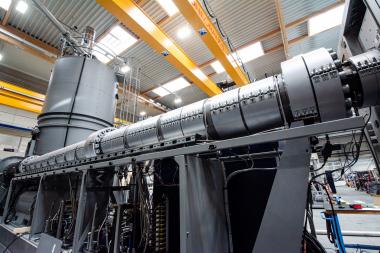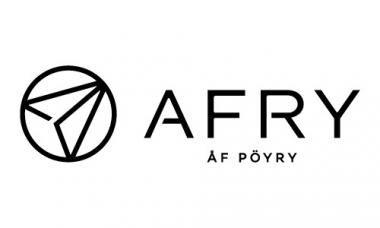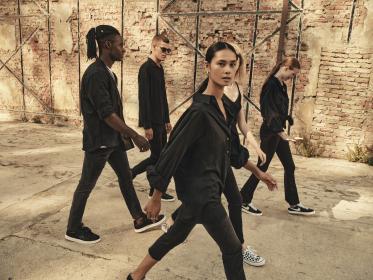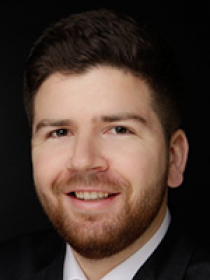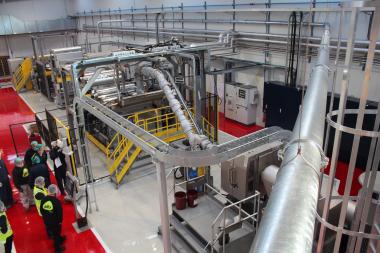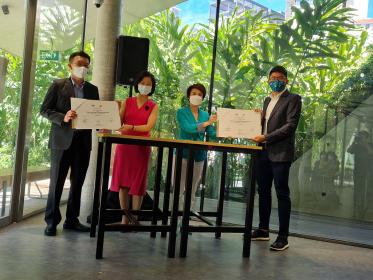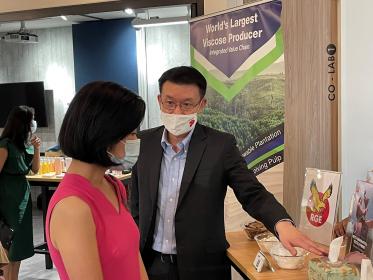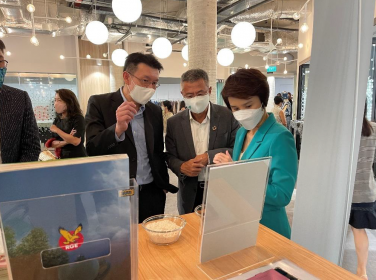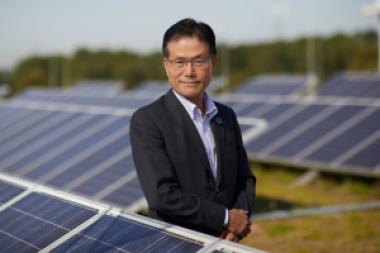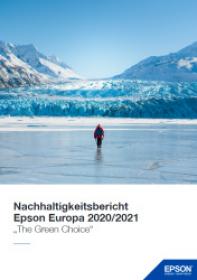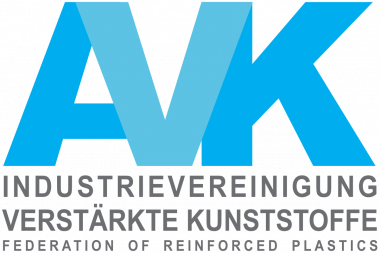FFW: Drei Tage Konferenzen für einen nachhaltigen Wandel
Die Frankfurt Fashion Week geht im Januar mit Konferenzformaten, Panels, Diskussionsforen und dem digitalen FFW Studio an den Start. Im Fokus: der Wandel in Richtung Nachhaltigkeit und Digitalisierung der Branche. Vom 17. bis 21. Januar 2022 zeigt die FFW, wie dieser Wandel gelingen kann. Einen umfangreichen Einblick in den State of the Art der Industrie geben die dreitägigen Leit-Konferenzen Fashionsustain und Fashiontech sowie das Programm des digitalen FFW Studios.
Der Content der multidisziplinären Konferenzen, Panels und Diskussionsrunden der Frankfurt Fashion Week richtet sich komplett an den Leitthemen der FFW – Sustainability und Digitisation – aus. Die beiden Konferenzformate Fashionsustain, veranstaltet von der Messe Frankfurt, und Fashiontech, organisiert von der Premium Group, zeigen drei Tage lang, wie die Branche den notwendigen Wandel in Richtung Nachhaltigkeit und technologischer Innovation bestreiten kann. Vom 18. bis 20. Januar 2022 treffen Branchenexpert*innen, Modeenthusiast*innen, Brands sowie Vertreter und Vertreterinnen aus Wissenschaft und Politik für die beiden Konferenzen auf dem Gelände der Messe Frankfurt aufeinander, um sich gegenseitig zu inspirieren und auszutauschen.
Wir freuen uns unglaublich darauf, die Branche nach so einer langen Zeit bei uns in Frankurt zu begrüßen, um gemeinsam nachhaltige Alternativen für die Fashion- und Textilbranche zu erarbeiten und neue Impulse zu setzen. Unser Programm ist inspirierend – Vertreterinnen und Vertreter der Politik, Wissenschaft und Wirtschaft nehmen ebenso teil wie Gründer*innen nachhaltiger Start-Ups. Die FFW wird zur Plattform des Austauschs, zugänglich für die gesamte Branche“, sagt Olaf Schmidt, Vice President Textiles & Textile Technologies der Messe Frankfurt.
Fashionsustain – Digitale Lösungen für einen nachhaltigen Transformationsprozess
Change the set-up – unter diesem Motto vereint die Fashionsustain, das internationale und multidisziplinäre Konferenzformat der Neonyt, die Mode- und Lifestylebranche vom 18. bis 20. Januar 2022 in Halle 3.0 des Frankfurter Messegeländes. Technologische Innovationen, neue Geschäftsmodelle, Ansätze für den Modehandel, Konsumverhalten, Gaming und Nudging for Good stehen auf der Agenda. Der erste Konferenztag nimmt die Konsument*innen in den Fokus. Neurowissenschaftlerin und Professorin für Medienpsychologie Prof. Dr. Maren Urner spricht unter anderem mit NGO-Vertreter*innen und Branchenexpert*innen darüber, wie die Lücke zwischen Einstellungen und Kaufverhalten geschlossen werden kann und welche Verantwortung dabei Brands und Vertreter*innen der Industrie tragen.
Tag zwei der Konferenz steht ganz im Namen der Digitalisierung. Unter dem Titel „Digitization. How to make use of it to create sustainable fashion“ tauscht sich eine diverse Runde darüber aus, wie digitale Tools dabei helfen, nachhaltige Mode zu kreieren. Mit dabei sind das dänische Kreativnetzwerk Creative Denmark, das Label Son of a tailor und die Circularity App Create2stay. Der letzte Tag der Fashionsustain thematisiert den Handel. Unter anderem vertiefen die Startups Yook und Keepoala in einem Interview, wie sie ihre Konsument*innen über Apps mit positiven Anreizen dazu motivieren, nachhaltiger zu shoppen.
Fashiontech – Die Content-Plattform für Mode, Technologie und Lifestyle
Am Puls der Zeit: Auf der Bühne der Fashiontech werden im Januar die Themen in den Fokus gerückt, die nicht nur die Modeindustrie, sondern die gesamte Gesellschaft bewegen. Sustainability, Diversity & Inclusion, Digital Fashion & Metaverse – das sind die Themen der Konferenz, die vom 18. bis 20. Januar 2022 von der Premium Group in Halle 3.1 ausgerichtet wird. Edutainment at its best: Keynotes und Paneltalks führender Branchenepert*innen geben Einblicke in die Zukunft der Branche. Den Start der Konferenz macht am Dienstag um 12 Uhr die Textilwirtschaft Trend-Info Womens- & Menswear. Als Highlight gibt die Premium Group eine Preview auf das neue Fashion Festival THE GROUND, das erstmalig im Sommer stattfinden wird.
FFW Studio – gebündelter Content, zugänglich für alle
Im FFW Studio dreht sich in der kommenden Saison alles um digitale Lösungen für nachhaltige Innovationen. Virtuelle Anproben, ressourcenschonenderer Handel, digitale Ausstellungen: Das Kölner Unternehmen 3MBASSY erschafft virtuelle Bekleidungskonstruktionen und erstellt 3DDesigns. In der Kategorie Game Changer des FFW Studios zeigt die Brand, wie die digitale Modewelt sich zukünftig entwickeln wird und welche Chancen daraus abzuleiten sind. Ebenfalls mit dabei ist die Digital Fashion Brand Republique. Das Label kreiert virtuelle Mode, die Kund*innen über ihren eigenen Avatar anprobieren und perfekt auf sich zuschneiden lassen können. Erst nach der Bestellung beginnt die Produktion – ressourcenschonend und fair. Im FFW Studio gibt die Brand aus England Insights in die Prozesse hinter der digitalen Revolution. Das britische Label Broken Planet Market präsentiert im FFW Studio seine neue Kollektion und beweist, wie gut Mode und Nachhaltigkeit zusammenpassen.
Frankfurt Fashion Week Messe Frankfurt Neonyt FASHIONTECH FFW STUDIO Nachhaltigkeit Konferenz
Messe Frankfurt GmbH












